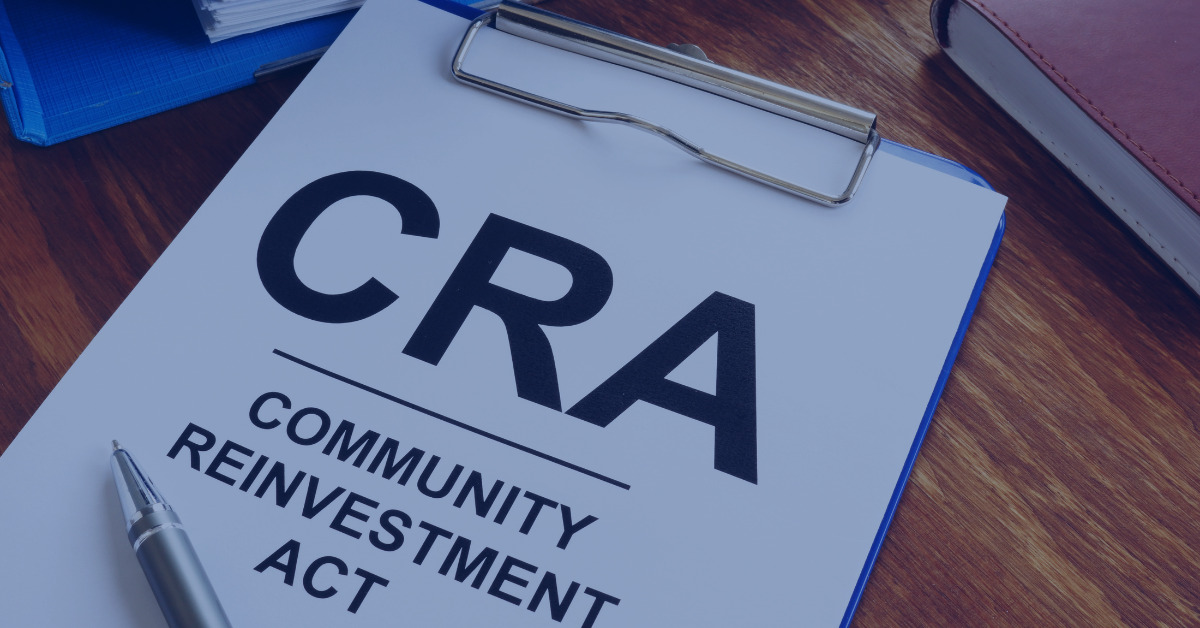Final rules to strengthen and modernize the Community Reinvestment Act (CRA) were unveiled by the Federal Reserve, Office of the Comptroller of the Currency (OCC) and Federal Deposit Insurance Corporation (FDIC) late last year. Among other things, the new rules strive to adapt the CRA regulations to changes in the banking industry, including the expanded role of mobile and online banking.
At nearly 1,500 pages, the new rules are complex. Fortunately, with the exception of provisions that are similar to current CRA regulations, banks have until January 1, 2026, to comply. All banks should reevaluate their CRA programs in light of the new rules, and prepare for any necessary adjustments.
CRA in a nutshell
The CRA encourages banks to help meet the credit needs of the communities in which they operate — including low and moderate-income neighborhoods — consistent with safe and sound banking operations. To monitor compliance, the federal banking agencies periodically evaluate banks’ records in meeting their communities’ credit needs and make their performance evaluations and CRA ratings available to the public. The agencies take a bank’s CRA rating into account when considering requests to approve bank mergers, acquisitions, charters, branch openings and deposit facilities. A bank’s CRA rating may also affect its reputation in the community.
Highlights of the new rules
CRA evaluation standards vary depending on a bank’s size. The new rules increase the asset size thresholds as follows:
- Small banks are defined as those with less than $600 million in assets (up from $357 million).
- Intermediate banks are those with $600 million but less than $2 billion in assets (up from $1.503 billion).
- Large banks are those with $2 billion or more in assets (up from $1.503 billion).
The final rules create a new evaluation framework that rates a bank’s CRA performance based on four tests: 1) a retail lending test, 2) a community development financing test, 3) a community development services test, and 4) a retail products and services test. These new tests, which are more stringent than existing standards, have varying applicability depending on a bank’s asset size.
Small banks will be evaluated under the current “small bank lending test,” though they may opt into the new retail lending test. Intermediate banks will be subject to the new retail lending test — plus, they’ll have the option of having their community development loans and investments evaluated under the existing community development test or the new community development financing test. Finally, large banks will be evaluated under all four new tests.
Rules matter
As before, banks of all sizes will still be able to request an evaluation under an approved strategic plan. The new rules also provide for the evaluation of lending by certain large banks outside traditional assessment areas generated by the growth of new delivery systems, such as online and mobile banking. Staying current with the latest CRA rules will help your bank pass the tests and maintain its good standing over time.
© 2024









